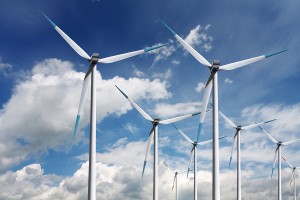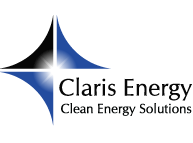 Under the EPAct 179D, commercial buildings are eligible for certain tax credits if they are built with energy efficiency in mind. This is helpful to owners of commercial property as it can save them money over the coming years. Companies must follow a set of rules and use specific items in order to qualify, but these rules and items are much easier to use than many expect. By making major changes to energy efficiency and creating an eco-friendly building, companies will help save the environment and human health, making the rules worthwhile. This blog is going to explore how a business can qualify for these tax incentives and when to expect tax changes for the coming year.
Under the EPAct 179D, commercial buildings are eligible for certain tax credits if they are built with energy efficiency in mind. This is helpful to owners of commercial property as it can save them money over the coming years. Companies must follow a set of rules and use specific items in order to qualify, but these rules and items are much easier to use than many expect. By making major changes to energy efficiency and creating an eco-friendly building, companies will help save the environment and human health, making the rules worthwhile. This blog is going to explore how a business can qualify for these tax incentives and when to expect tax changes for the coming year.
Qualifying for Energy Tax Credits
Qualifying a commercial building for energy tax credits is not difficult to manage, especially if the building is new. The tax credit is for either the owner or individual who leases the commercial property. Some of the technologies that are available for the incentive are:
- Insulation around equipment.
- Water heaters.
- Light sources and controls.
- Heat pumps or central heating and cooling.
- Siding, windows, roofs, and building insulation.
The equipment must meet certain requirements such as:
- Meeting energy requirements that are specific to the area or building type.
- Improve upon lighting fixtures.
- Improve upon heating and cooling equipment.
- Improvement of ventilation systems.
When a commercial property owner or lessee is looking for energy tax credit qualifications, they can call their local government offices or research on the United States EPA website. Owners and individuals who lease the property can also ask professionals if they meet energy requirements.
How Does Energy Efficiency Benefit Companies?
Companies who utilize energy efficient methods will not only reap benefits with taxes but also see that their overall bills will be cheaper. Energy efficient models of common items such as heating and cooling units help companies use minimal energy. Because the company usesminimal energy, their heating and cooling costs will be lowered significantly. Those bills can be the biggest expenses for companies and any way to save money in the current economic climate is welcome to everyone.
When To Expect Tax Changes?
Experts say that changes and expansions to theEPAct 179D tax incentives and energy tax deductions will be released sometime in the summer of 2014. This will give businesses enough time to ensure their properties adequately meet requirements. The amount of incentive given will also be released and will most likely be changed from previous years. It is important for all commercial property owners to keep an eye out for the latest tax news regarding energy-efficient tax incentives.
All owners and individuals who lease commercial property can seek professional help about receiving energy tax incentives by contacting companies such as Claris Energy. Claris Energy employees are trained specifically in working with the 179D section of the EPAct. Please contact Claris Energy today to learn about energy tax incentives and to stay current on future tax changes.
Steve Nanos
Latest posts by Steve Nanos (see all)
- LED Lighting – A Great EPAct 179D Qualification Possibility - February 3, 2015
- 45L Credit Requirements for Begun Constructions - January 29, 2015
- Can Section 179D Incentives Help Businesses Save a Lot of Money? - January 27, 2015

 609.275.8484
609.275.8484